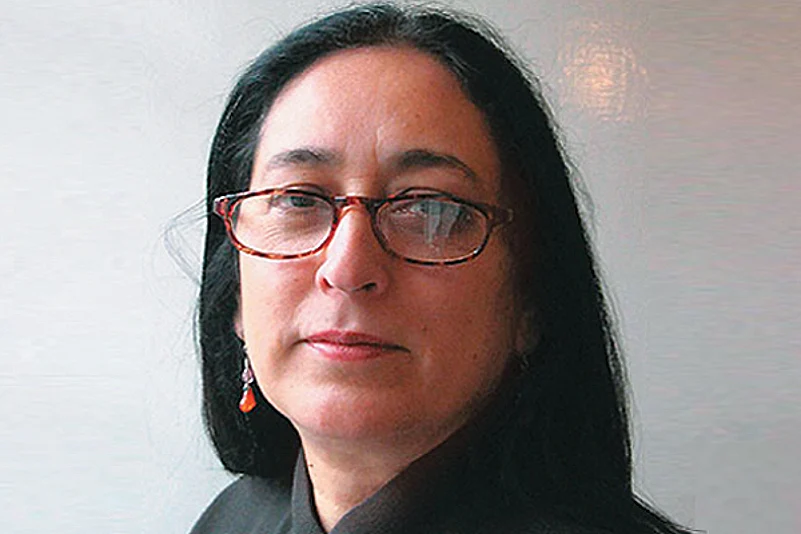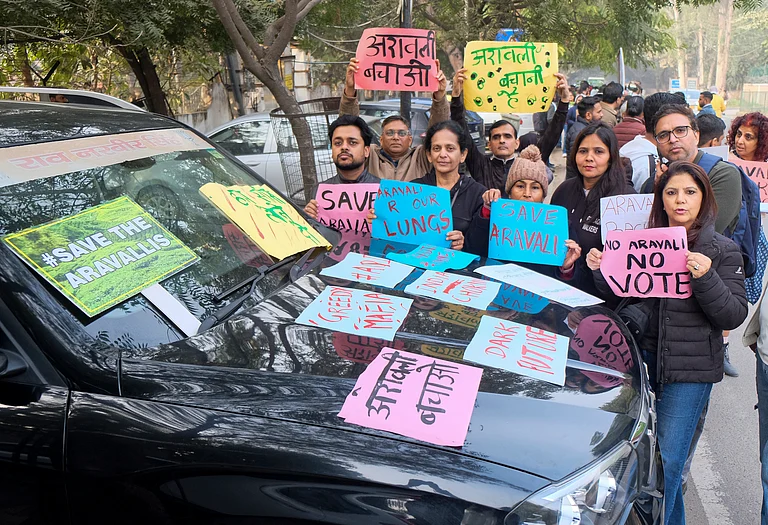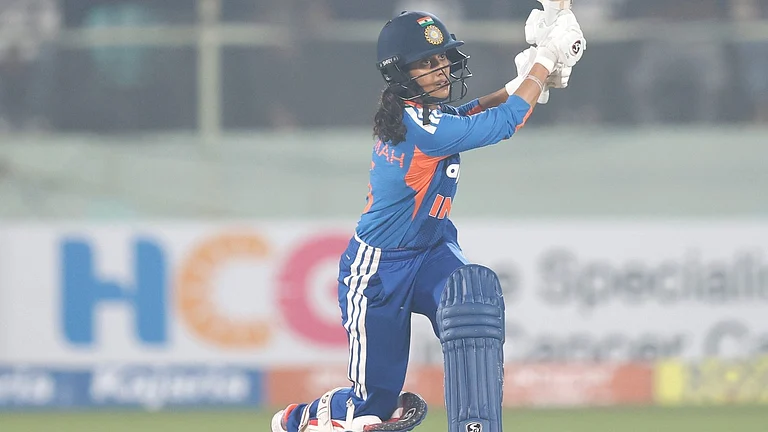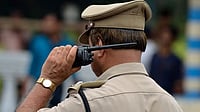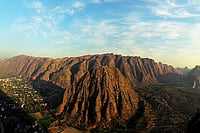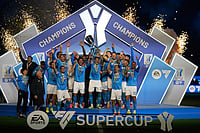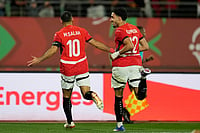Why Mother India?
To encourage readers to read a book of dialogue, one cannot choose a film that’s obscure and isn’t a history-maker in its own right.
How important is the dialogue of an old film in the form of a book?
The book has an extended commentary and provides much information on the film. Imagine, there’s not a single filmed interview of Mehboob Khan who died as late as 1964.
Why is archiving necessary?
We owe it to future generations. We can watch Shakespeare’s plays on stage today because they were available in book form.
What was unique about the language then?
The mix of Avadhi and Hindustani.
How was the dialogue reflective of its time?
Dialogue rings true only when it’s authentic to the time the film is set. For example, Radha’s dialogue about the sanctity of a woman’s honour would be phrased very differently today.
You mentioned the songs as chapters in the film’s progression.
There are twelve songs and Shakeel Badayuni’s lyrics and Naushad Ali’s compositions are so perfectly suited to the narrative that they work almost as chapter headings advancing the story.
What about the film surprised you?
Wajahat Mirza’s “turn of phrase” always strikes me for its hugely dramatic force yet simple phrasing. You never miss a word they say because they say the lines so effectively.
Did you find the complete script of the film?
No, we transcribed the dialogue from the soundtrack of the film, checking and rechecking what we had done at least ten times.
Which other films demand a book like this?
I’ve done books on Mughal-e-Azam and Awaara. I hope to work on Sholay and Pyaasa.
Anything new that’ll interest the reader.
Mehboob Khan sent a shortened version of the film for the Oscars.






